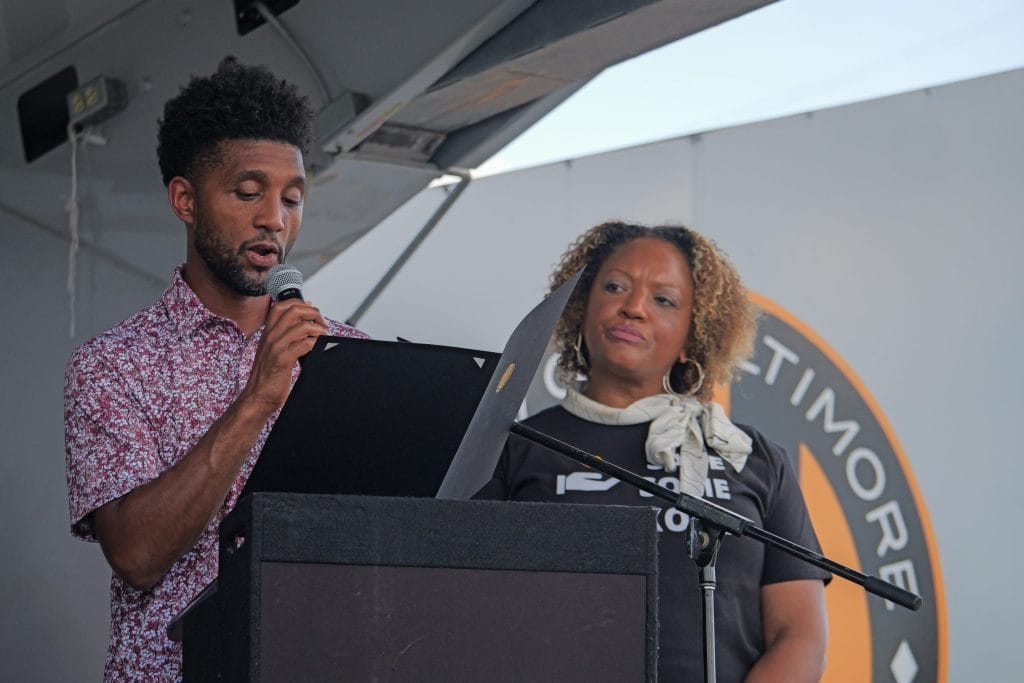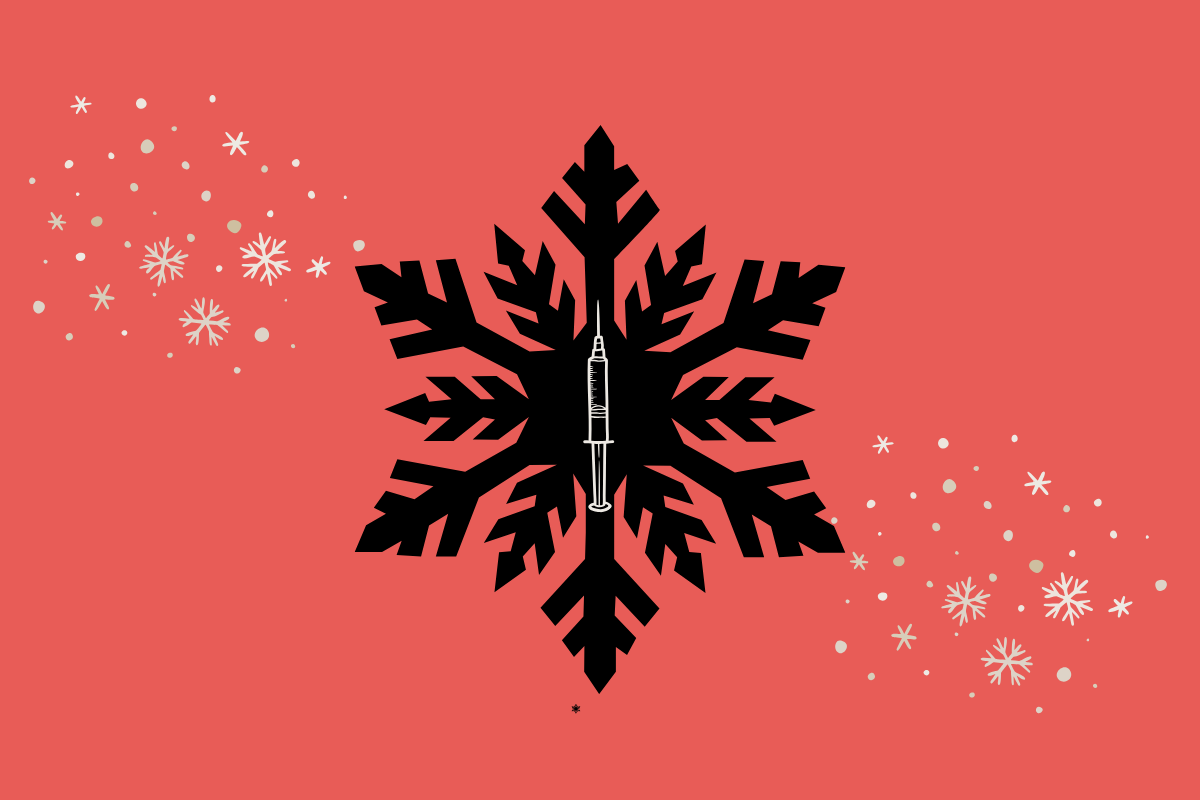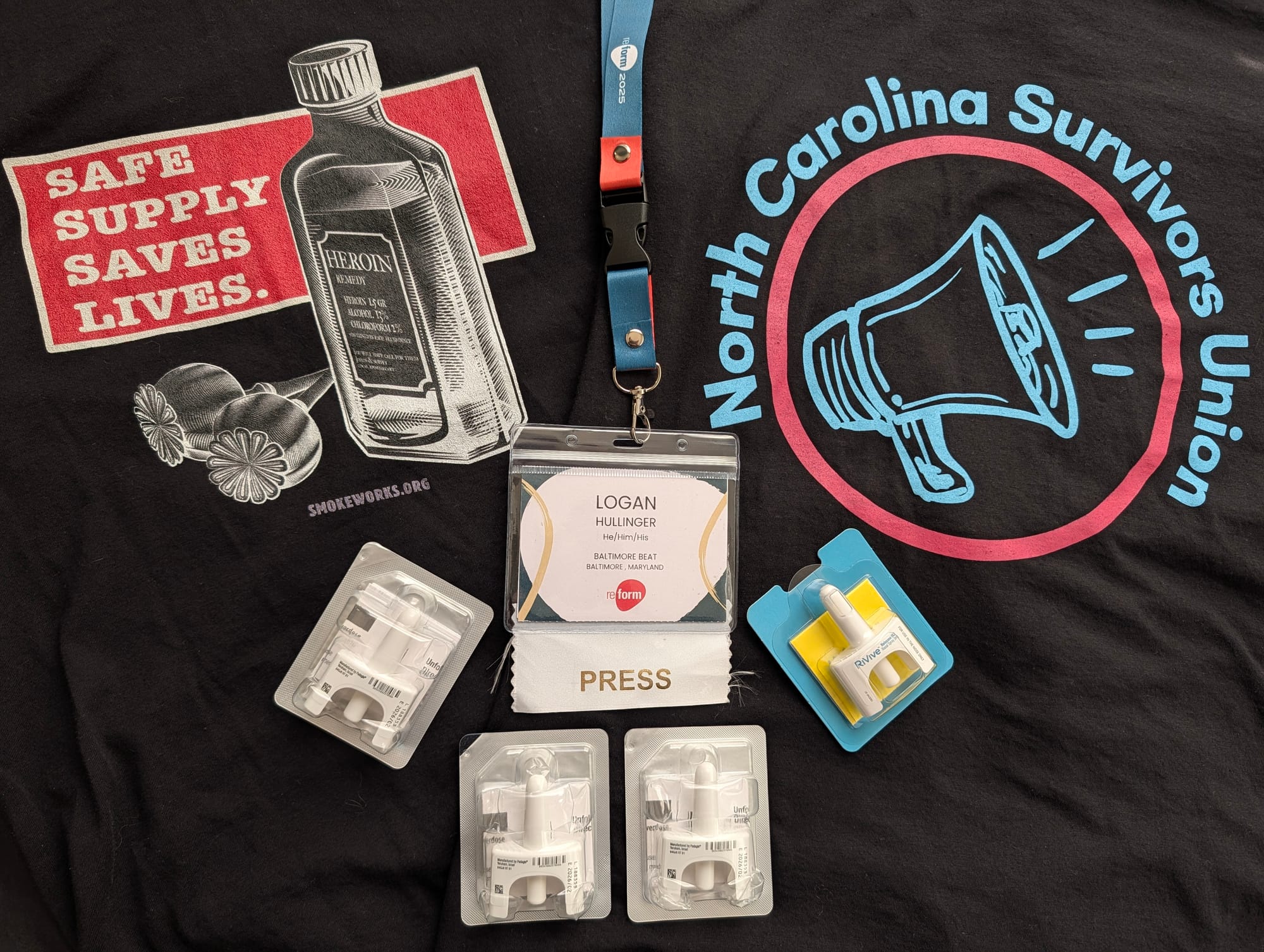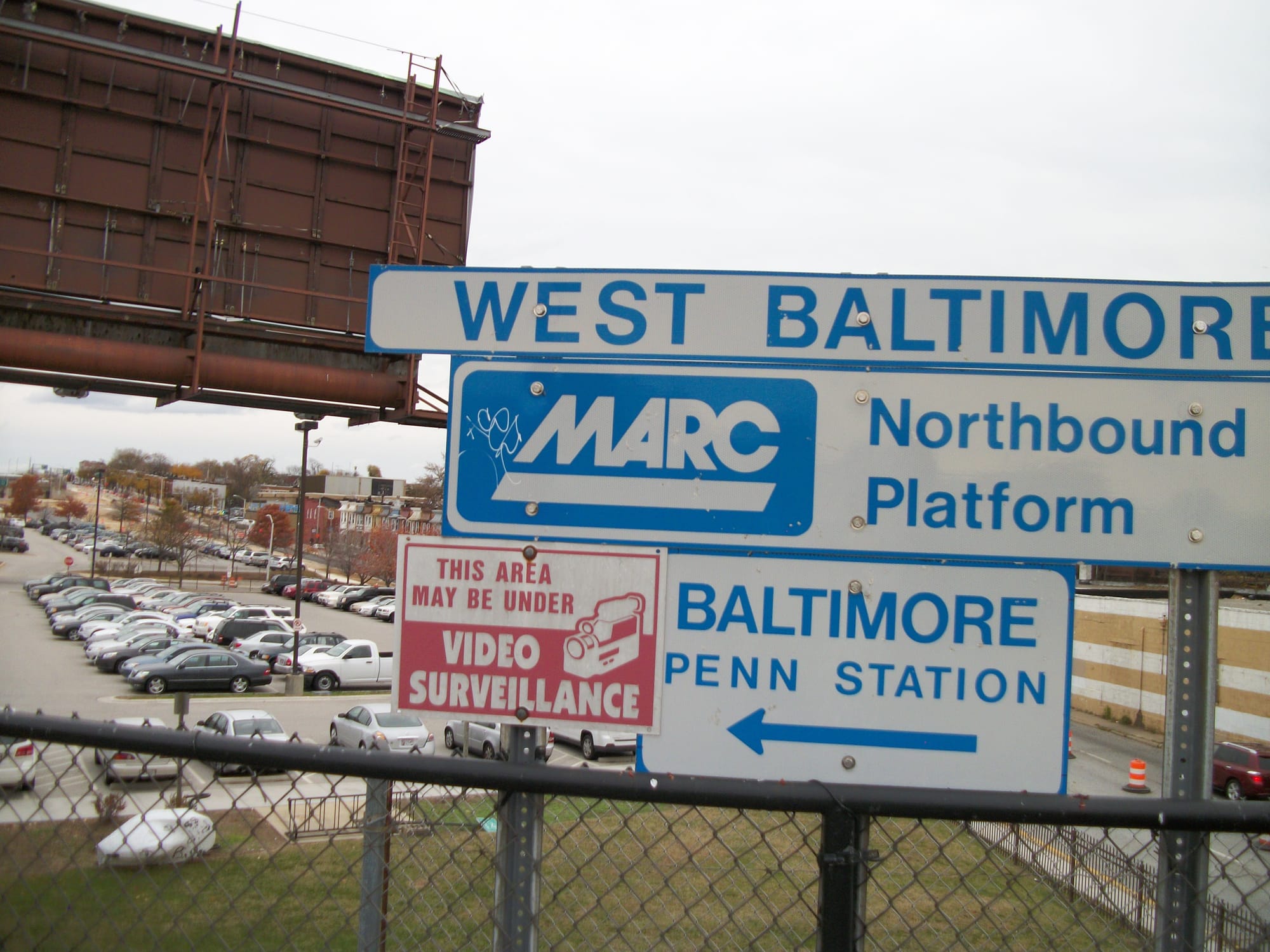
Baltimore will soon launch a coordinated naloxone outreach program that’s expected to vastly expand access to the life-saving overdose reversal medication as officials look to curb in-home overdose deaths.
Standing before a sea of nonprofits, city agencies, and residents directly impacted by the overdose crisis, Mayor Brandon Scott announced the “Naloxone Neighbors” initiative at the city’s annual International Overdose Awareness Day event on August 28 at ABC Park in West Baltimore. Nearly two-thirds of all overdoses in the city occur in people’s homes, and through the program, the Mayor’s Office of Overdose Response will work directly with neighborhood and community associations to distribute naloxone and train residents how to use it. It is slated to begin by early October.
“No one has to die in their home simply because their family, friends or those who they live with do not have the materials or training to save them,” Scott said. “Every single overdose is preventable, and we have to keep [drug users] alive in order for them to find success in life.” In the coming weeks, the city will coordinate with community leaders to identify local organizations to lead outreach efforts, Scott said.
They will provide widespread naloxone distribution and training at community events like block parties in neighborhoods most impacted by the crisis. Those neighborhoods include Sandtown-Winchester, Greater Mondawmin, Johnston Square, and Clifton-Berea, city officials said.
In addition, they will conduct door-to-door outreach, directly providing harm reduction resources and naloxone training for residents. Public health experts have said that naloxone was an important factor in the city’s historic drop in overdose deaths last year — a trend seen nationwide — and officials said on Thursday their goal is to get it into the hands of as many people as possible.
The campaign is part of a years-long effort to expand naloxone access. Data from the Maryland Department of Health shows that distribution of the medication has trended upward in Baltimore as the overdose crisis has progressed and the drug supply has become increasingly dangerous over the past decade.
Since late 2014, roughly 425,000 people in Baltimore have received naloxone from overdose response programs in the city, according to the data. More than 76,000 people received the life-saving medication last year alone, and 47,000 people received it as of July this year.
The program will launch in the aftermath of the city’s decision to accept a deal in court that will leave it with billions of dollars less than it had hoped to combat the overdose crisis. It will move forward with roughly $550 million in restitution funds which will be spread out over 15 years.
A portion of that money will fund the Naloxone Neighbors program, but it's unclear how much it will cost. The budget is still being finalized, officials said.
Naloxone Neighbors falls far short of the policies that activists have prioritized for years, most notably overdose prevention centers — facilities that allow people to use drugs under medical supervision and have proven extremely effective at saving lives — and decriminalization of paraphernalia.
And despite speakers at the event repeatedly noting that addiction should not be criminalized, their comments were undermined by the fact that drug-related arrests have risen under State’s Attorney Ivan Bates, who reversed his predecessor’s de facto decriminalization policy upon taking office in 2023. Those arrested in Baltimore are almost exclusively Black people.
The program does, however, focus on one of the best-known strategies to save lives: getting naloxone into the hands of the public.
“Each life lost represents a loved one, a parent, a child, a sibling, or a friend whose absence is deeply felt,” said Acting Health Commissioner Dr. Michelle Taylor. “We know this, but it bears repeating: Substance use disorder is not a moral failing. It is a chronic disease and a public health issue.”
The announcements and celebration of International Overdose Awareness Day came at a crucial juncture in the city’s crisis. Recently published preliminary data from the state health department shows that, in the 12-month period ending in July, Baltimore saw 563 overdose deaths.
That death toll is nearly half that of the number of lives lost in Baltimore during the crisis’s peak in 2021 — a similar number of deaths was also seen in 2023 — and it demonstrates that fatal overdoses have continued to decline since the city saw a historic 25.4% decrease in fatalities last year.
“I don’t know anyone who has been in Baltimore more than five years that doesn’t know someone who has been impacted by this crisis,” Scott said. “As we remember those we have lost, we will also make this a day of hope — hope that we can, and will, finally put an end to the overdose crisis.”








Comments